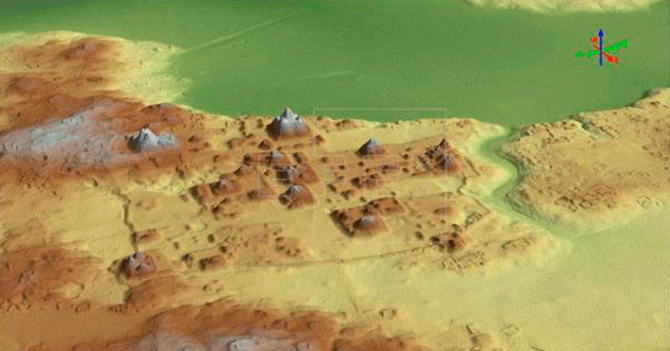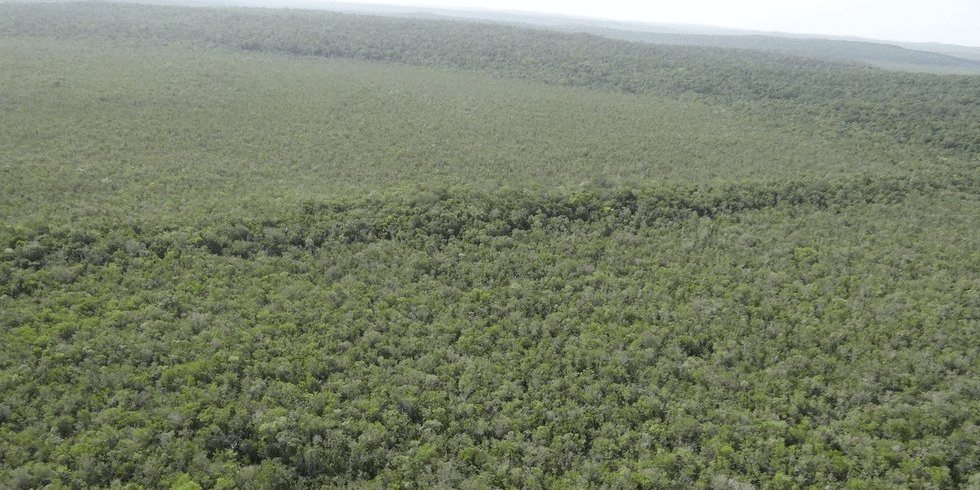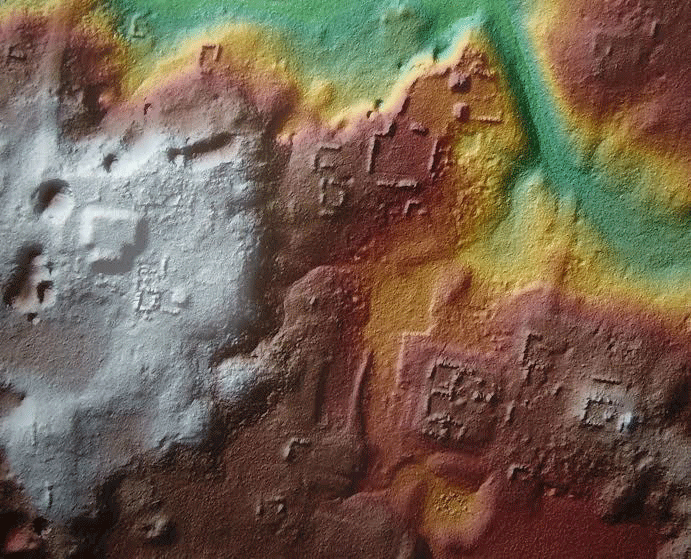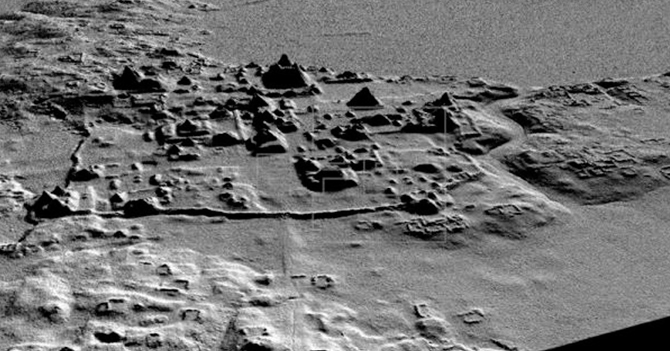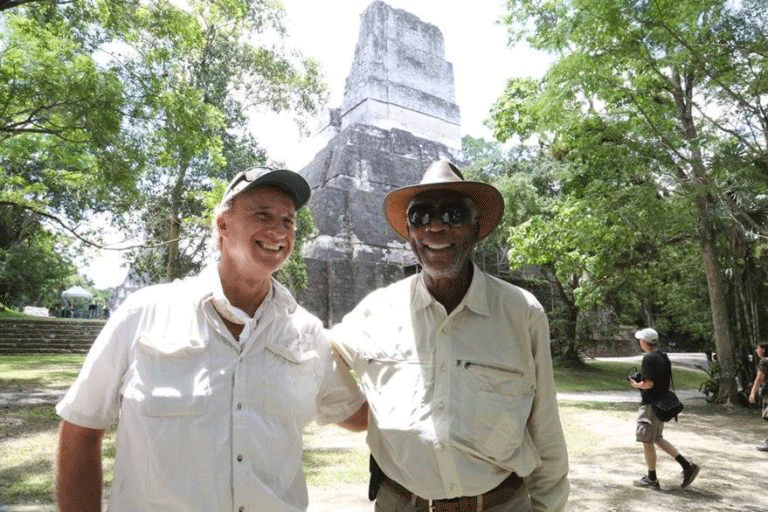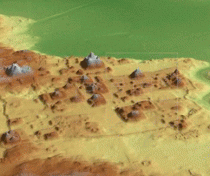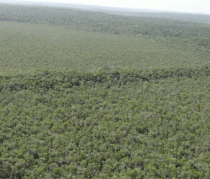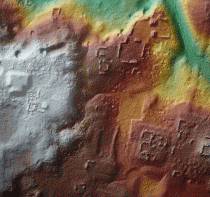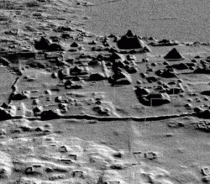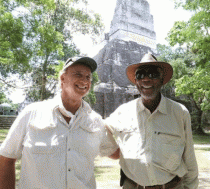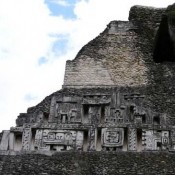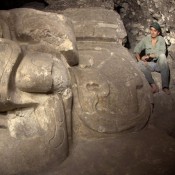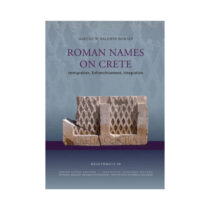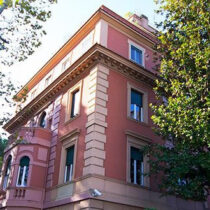High-tech scanning has revealed a network of Maya roads in the jungle of Guatemala. The causeways stretch over 150 miles and were used by the Maya for travel and transporting goods.
The network, which comprises 17 roads, is located in the Mirador Basin, in the northern Peten region, Guatemala. The area is covered in virgin tropical forest, one of the largest in Central America.
El Mirador, also known as the ‘Kan’ Kingdom, was abandoned in 150AD and was the largest city-state in the world. It was 833 square miles in size and the population was at least one million people.
The roads are known to scientists since 1967, when a map of Mirador showing causeways was published by British Maya specialist Ian Graham. Now, with more advanced technological tools at their disposal, scientists have been able to perform new mapping of the area, with the use of laser-based remote sensing. The tool they have used is known as LiDAR, Light Detection and Ranging, and can penetrate the jungle vegetation providing detailed 3D-like images of structures, agricultural terraces, pyramids, canals, and the road network.
The Mirador Basin Project is led by archaeologist and anthropologist Richard D. Hansen of the University of Utah, who has been excavating causeways since 1990. He said that these causeways are 130 feet wide and up to 20 feet high. Some of them extend as far as 25 miles.
Their dating ranges between 600-400 BC and 300BC-100AD and they are thought the first state-level construction in the Western Hemisphere.
The road network probably allowed people to travel more easily and also facilitated the transport of food, materials, armies and everything that needs to be transferred within a state.
The new discovery will offer the Cuenca Mirador researchers the opportunity to investigate more Maya sites, and perhaps gain an understanding as to why the Mirador Basin civilisation declined after 150AD, a matter which is the focal research point of researchers from 34 universities and institutions globally.
The area is considered one of the environmental and cultural lungs of America and the Congress of the Republic of Guatemala is currently investigating whether it should be protected as a wilderness area.
